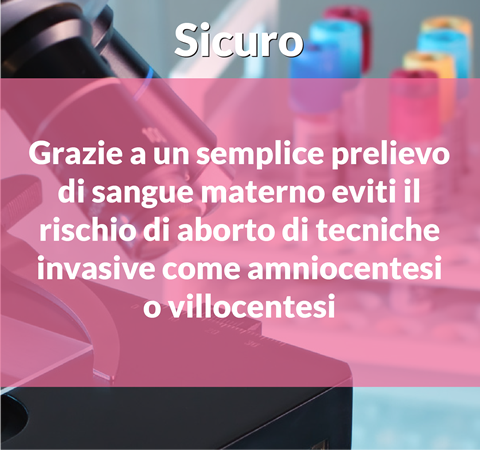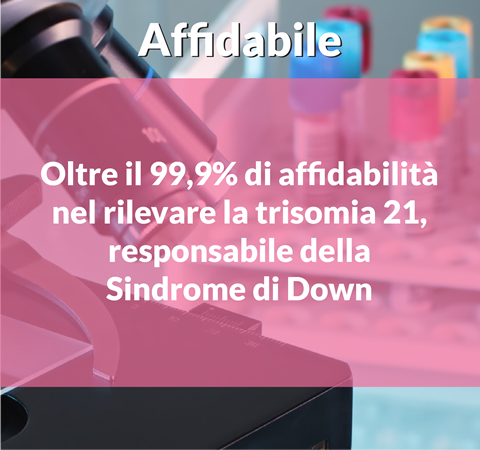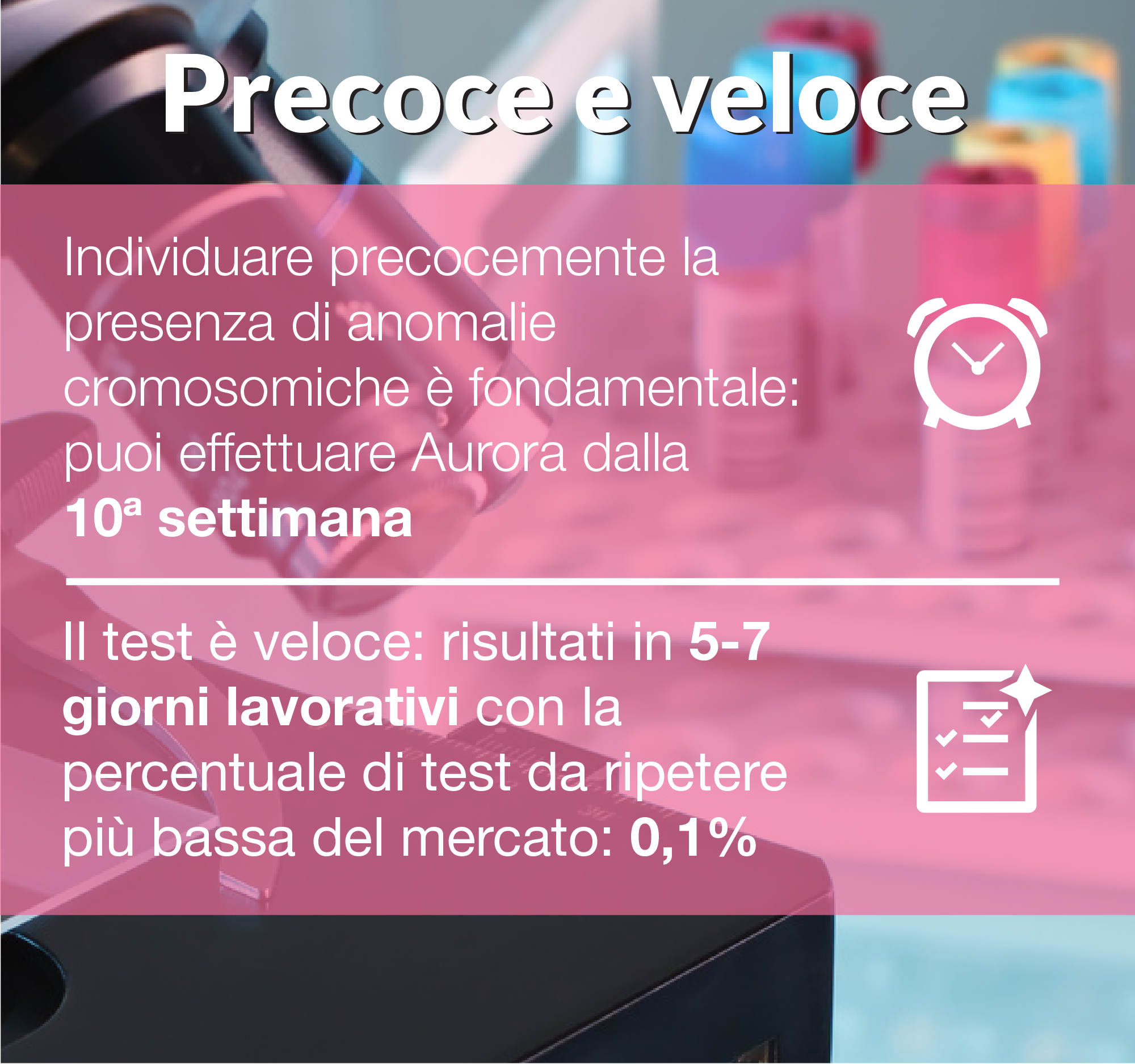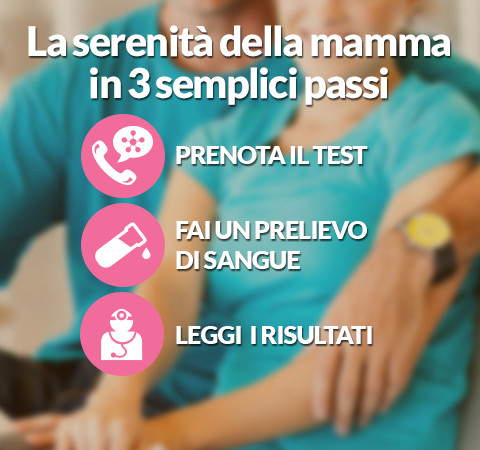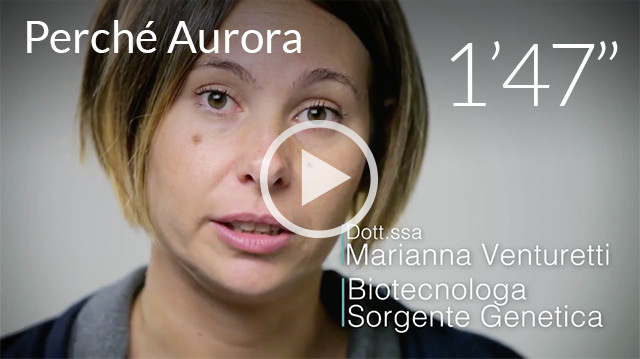According to researchers at National Taiwan University, a little jogging is enough to combat the genes of obesity. It is sufficient to run under 10 km / h regularly to keep the weight under control, despite an unfortunate genetic predisposition.
Furthermore, the study published in Plos Genetics provides a precise list of physical activities recommended for this purpose. Obesity is the result of a combination of genes and lifestyle. Genetic predisposition makes it easier to gain weight, but nutrition and physical activity remain key factors. How far, though? What must be done to fight genes and maintain a healthy weight? The authors of the study looked for the answer in 18,000 Chinese adults between 30 and 70 years of age.
Study participants responded to a questionnaire about their lifestyle and the type of physical activity they performed. Scientists combined the data with the five parameters used to assess the level of obesity: body mass index; percentage of fat mass; waist circumference; hip circumference; relationship between waist and hips.
According to the results, a bit of jogging is the best way to counteract the genetic predisposition to obesity. Running a little every day is by far the most impactful activity on all five factors. Activities such as certain types of yoga, sports walking, on the other hand, mainly affect the body mass. Contrary to what one might think, swimming and cycling are not as effective.
Source: healthdesk.it







